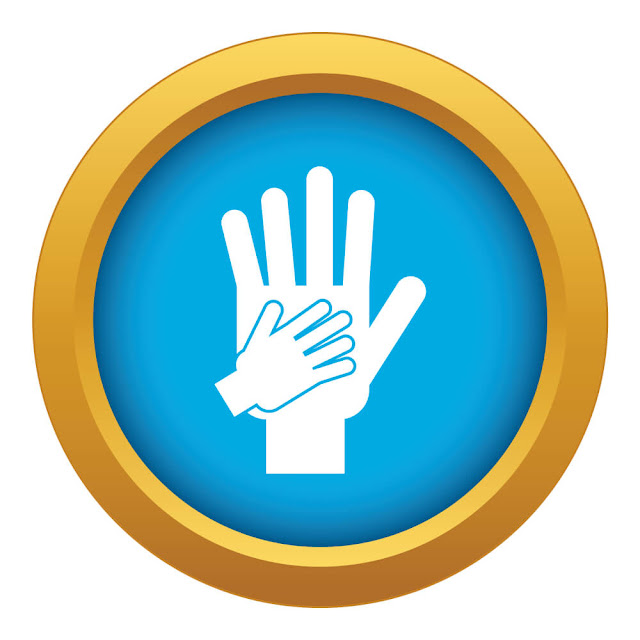How To Protect Your Child From Abuse: A Guide for Parents
As a parent, your number one priority is the safety and well-being of your child. Unfortunately, the world can be a dangerous place and it’s important to be aware of the risks and how to protect your kids from them. In this article, we’ll be exploring how you can protect your children from abuse and give you tips on what to do if an incident does occur.
Signs of Abuse
There are many signs of abuse, and it is important for parents to be aware of them. Some signs of abuse include:
-Bruises or other injuries that are not explained
-Changes in behavior, such as withdrawn or aggressive behavior
-Fear of certain people or places
-Difficulty sleeping or having nightmares
-Loss of appetite or weight loss
If you notice any of these signs in your child, it is important to talk to them and try to get more information. If your child discloses abuse, it is important to believe them and seek help from a professional.
Physical Signs of Abuse
When it comes to abuse, there are physical signs to look out for in your child. These can include:
-Bruises in various stages of healing
-Burns
-Bites
-Cuts
-Scratches
-Swelling
-Possible broken bones or fractures
-Evidence of being restrained, such as bruises on the wrists or ankles
If you notice any of these physical signs on your child, it is important to take action. Talk to your child about what has happened and get them the help they need. You can also contact the police or child protective services if you feel like your child is in danger.
Emotional Signs of Abuse
The first step to protecting your child from abuse is to be aware of the signs. Unfortunately, many cases of abuse go undetected because the signs are often subtle. Here are some common emotional signs of abuse:
-Withdrawal from friends or activities that they used to enjoy
-Sudden changes in mood or behavior (e.g., depression, anxiety, irritability)
-Secretive or defensive behavior
-Acting out in aggression or violence
-Extreme fearfulness or passivity
-Nightmares or sleep problems
-Regression to younger behaviors (e.g., thumb sucking, bed wetting)
If you notice any of these signs in your child, it’s important to take them seriously and explore what might be causing them. In some cases, these may be normal childhood behaviors that are going through a phase. But in other cases, they may be indicative of something more serious. If you have any concerns about your child’s safety, don’t hesitate to reach out to a professional for help.
Social Signs of Abuse
There are many social signs of abuse that parents should be aware of. These include:
– Withdrawal from friends or social activities
– Sudden changes in behavior or mood
– Displays of fear, anxiety, or depression
– Trouble sleeping or nightmares
– Regressive behaviors (such as bedwetting)
– Excessive clinginess or separation anxiety
– Unexplained injuries or bruises
If you notice any of these signs in your child, it’s important to talk to them and try to find out what is going on. It’s also a good idea to speak with their teachers or other adults they are close to see if they have noticed anything unusual. If you have any concerns, don’t hesitate to contact authorities or seek professional help.
Sources of Child Abuse
There are many different sources of child abuse. It can come from a family member, friend, babysitter, or even a stranger. It is important to be aware of the signs of abuse and to know what to do if you suspect your child is being abused.
If you think your child is being abused, it is important to talk to someone who can help. You can call the National Child Abuse Hotline at 1-800-4-A-CHILD (1-800-422-4453) for support and resources. You can also contact your local child protective services agency or law enforcement.
Preventing Child Abuse
When it comes to keeping your child safe from abuse, there are a few things you can do as a parent to help prevent it from happening.
First and foremost, it’s important that you talk to your child about abuse and what it is. This will help them be more aware of what is happening around them and also help them understand that abuse is never okay.
It’s also important to have an open relationship with your child where they feel comfortable coming to you with any problems or concerns they have. If they don’t feel like they can talk to you, they may not tell you if something happens to them.
Finally, make sure you know who your child is hanging out with and what they’re doing when they’re not with you. If you see any red flags or anything that makes you concerned, don’t hesitate to reach out to the other parent or guardian involved.
Conclusion
As a parent, it is of utmost importance to ensure your child’s safety and protection from abuse. By following the tips outlined in this article, you can help protect your child from harm and give them the best chance of living a happy, healthy life. Remember that children are trusting, vulnerable individuals who rely on their parents for guidance and support – so being informed about potential risks is essential for safeguarding against abuse.
